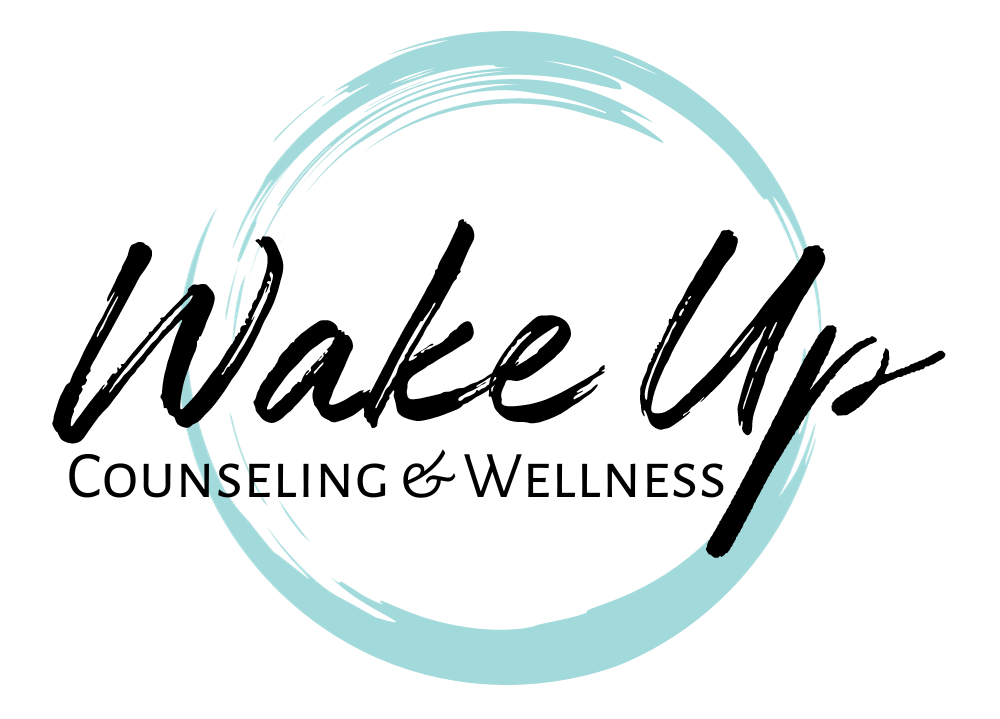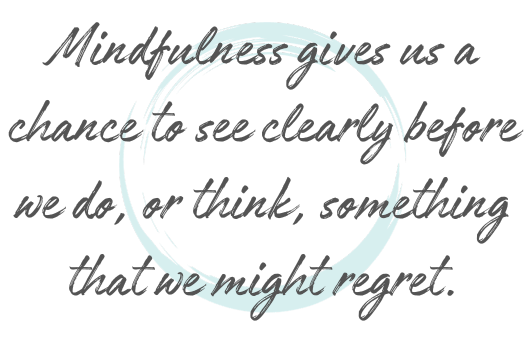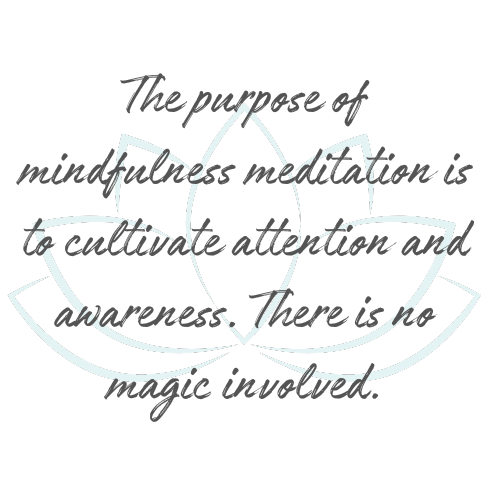We have evidence that mindfulness meditation may change the physical structure of our brains. We see increased activity in our prefrontal cortices. These are the parts of our brains that regulate our emotions, make decisions, plan, and perform other executive functions. We tend to have less activity in the parts of our brains that are responsible for reacting to the environment with fear and anger. Mindfulness gives us a chance to see clearly before we do, or think, something that we might regret. Brain changes have a dose-response relationship, which means that the more that you sit, the more benefits you will get!
What is Mindfulness
Benefits of Mindfulness Meditation
Research has linked mindfulness to many positive outcomes both clinically and generally in life. While this list is not nearly all inclusive, it provides an overview of a few of these benefits:
- decreased symptoms of depression, anxiety, and illness-related distress,
- improved quality of life and improved sleep patterns,
- reduced loneliness in older adults,
- improved anxiety, depression, and attention for both adults and children with ADHD,
- improved treatment outcomes for individuals with substance use disorders, AND
- improve conditions such as IBS and chronic pain.
Physical Brain Changes
Meditation



